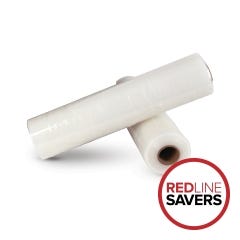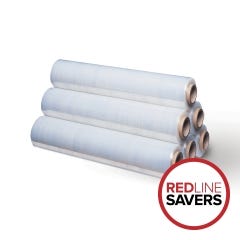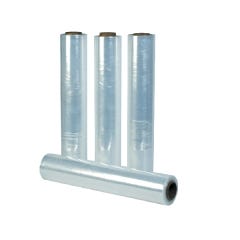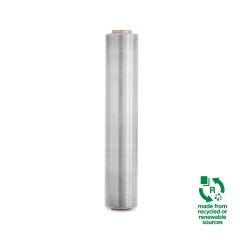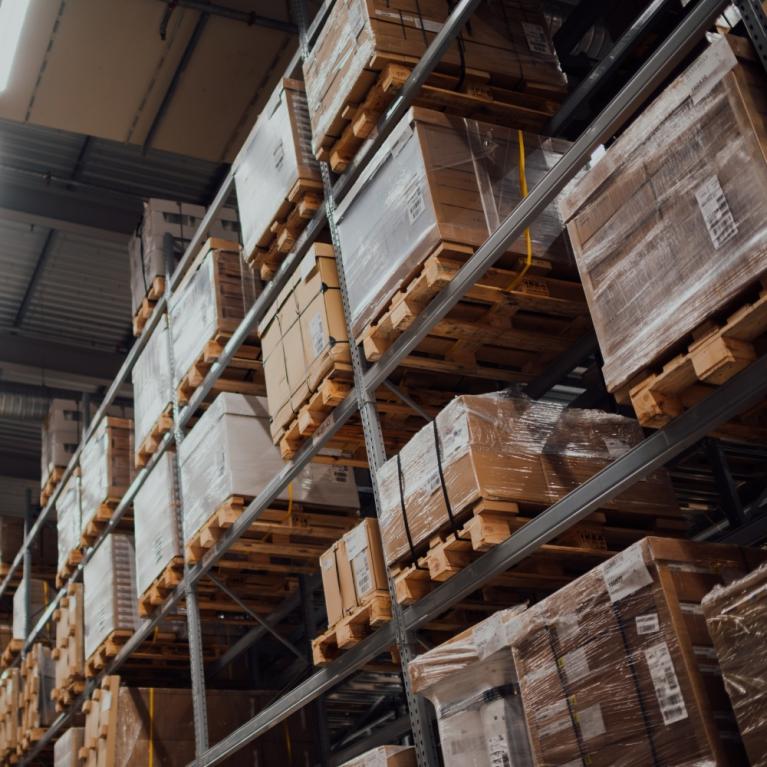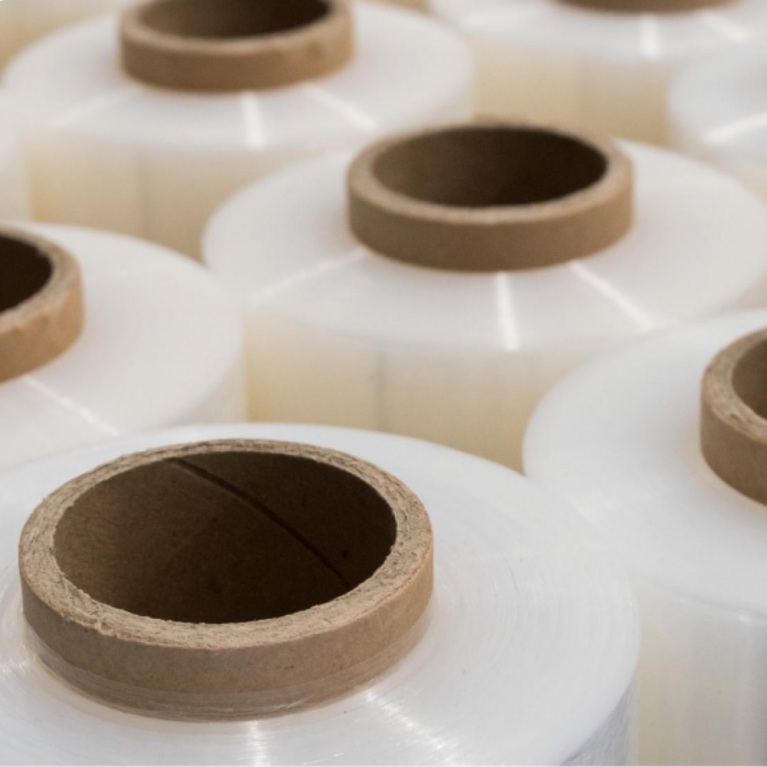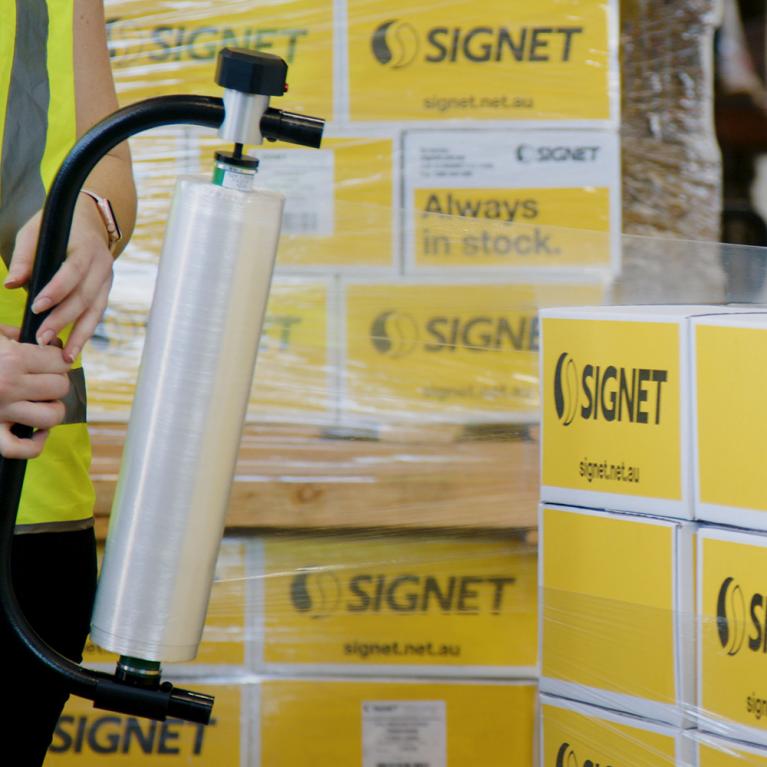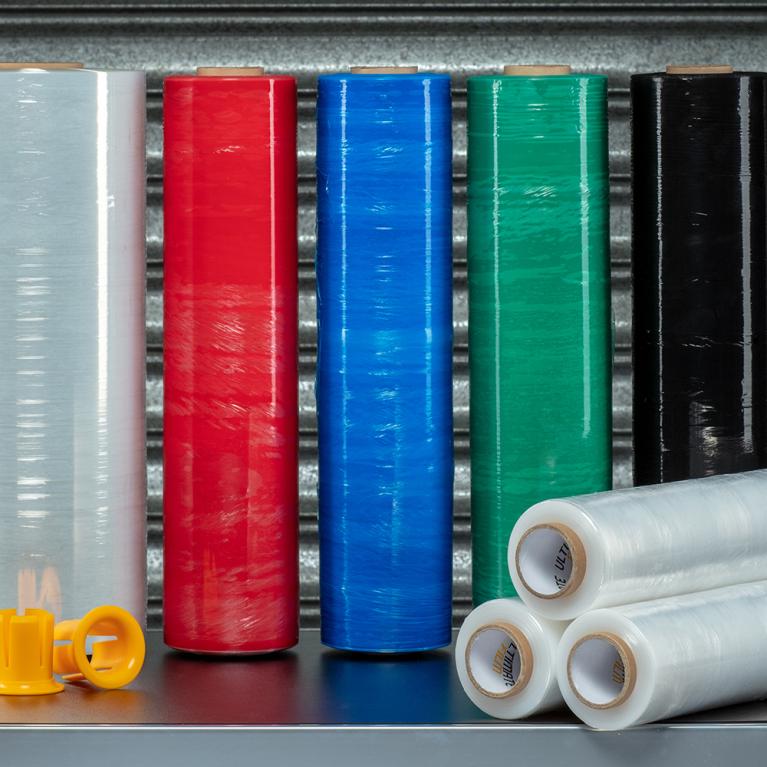
Blown vs Cast Stretch Film — how different are they? We stack them up against each other to help you choose the right one for your pallet.
There are many variations of Stretch Film on the market, but at their core, they’re either Blown or Cast. While you might ask yourself, “does it really matter which one I use?” To compare them would be like comparing apples and oranges and the type of pallet you’re wrapping can make all the difference to which Stretch Film you use.
To help you ensure your pallet is properly contained, we’ve compared the pair, so you can pick the best one for your application.
Blown Pallet Wrap
How is it made?
Blown Stretch Film is manufactured through a process called blown extrusion. This involves melted resin being pumped through a circular die to make a tube. Air is then introduced into the centre of the tube, driving the hot resin upwards and outwards, creating a bubble — this allows the tube to be stretched to the desired width.
The bubble is slowly cooled by the air as it goes up, which is what gives Blown Film its hazy, dull appearance. Once at the top of the tower the film is nipped together and drawn down to the winding and slitting stations with guide rollers.
Properties/Benefits
- High load and stretch capacity
- High tear and puncture resistance
- High degree of memory once stretched — so packages stay more secure
- Hi-tack film — this can cause it to be noisier when applying and provide less clarity
- Available in different colours for colour coding pallets and in an opaque black or white film for security while shipping
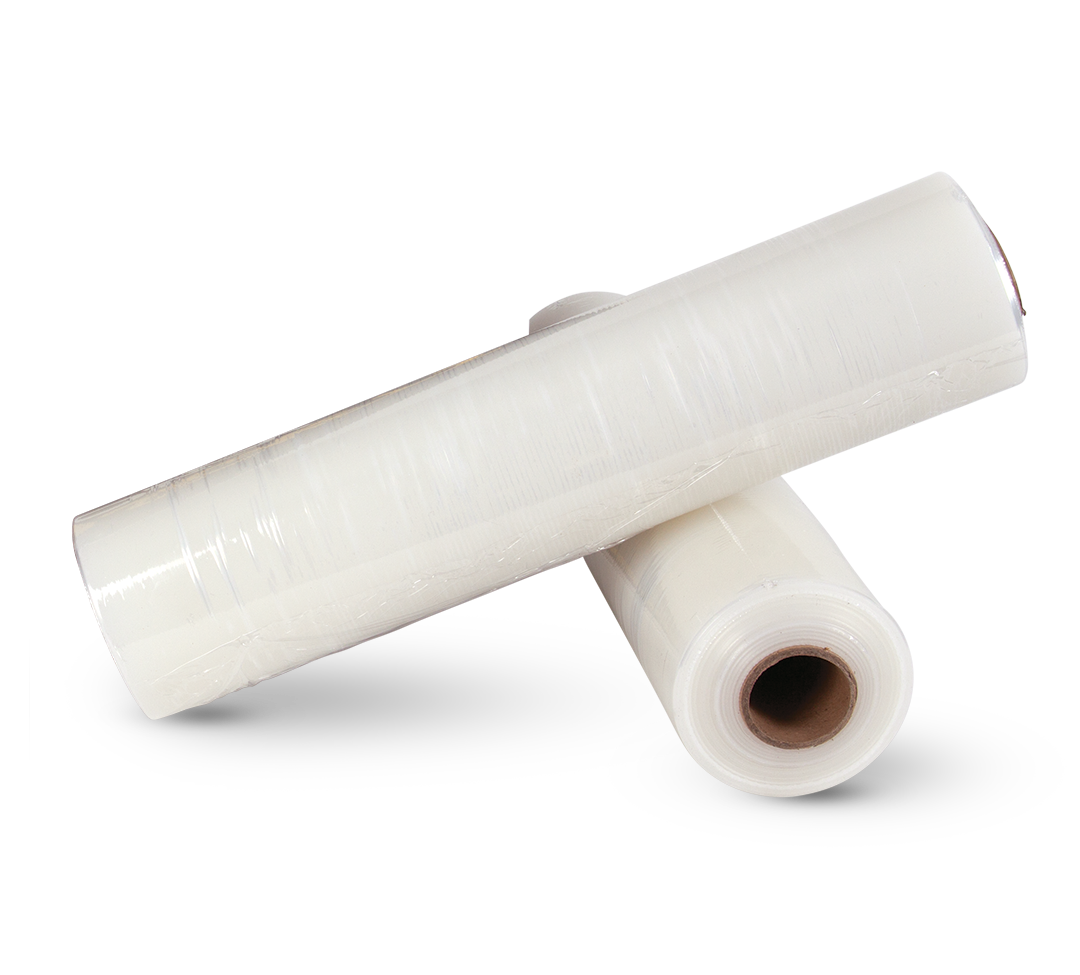

What is used for?
Due to its strength and flexibility, Blown Film is best for securing heavy or irregular loads.
Cast Pallet Wrap
How is it made?
Cast Stretch Film is manufactured through a process known as cast extrusion, where melted resin is continuously fed through a flat die — the thickness and width of the film is determined by the dimensions of the die. The melted resin is moved over a chilled roller which rapidly cools and solidifies the film and then drawn through tensioned rollers to the slitting and winding stations.
Properties/Benefits
- High clarity film
- Easier to stretch than blown film — less strenuous on the operator
- Clings to itself, like cling wrap
- Typically, the more affordable solution
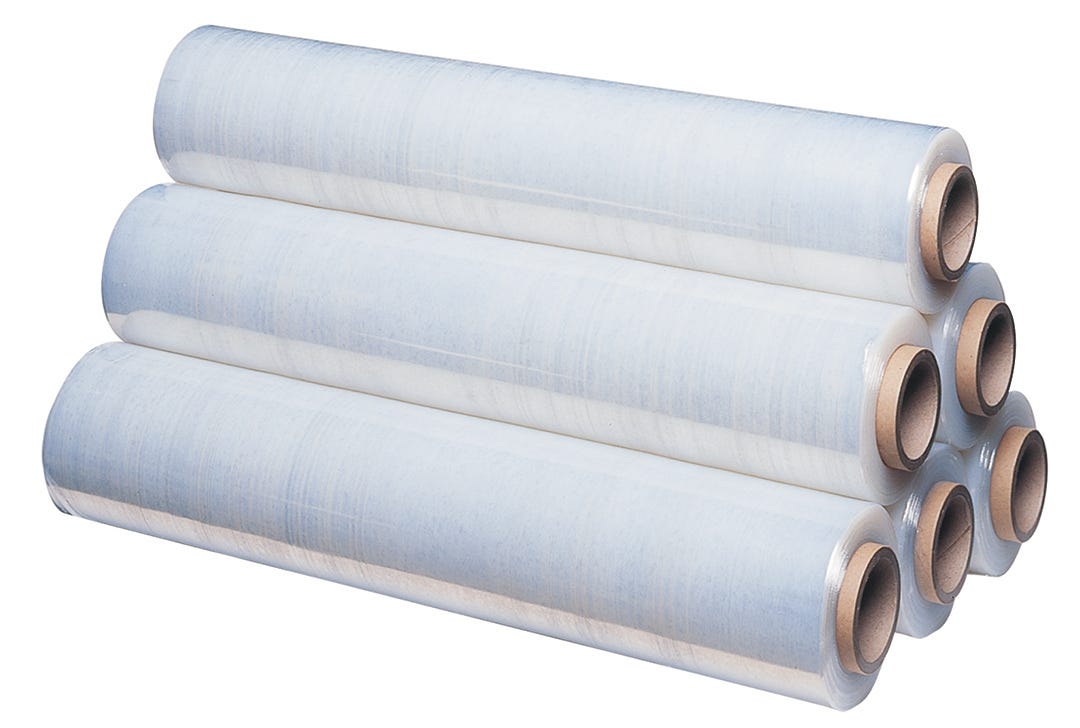

What is used for?
The clarity of Cast Stretch Film makes it best for applications where scanning barcodes on the cartons is required or if you need to see the contents of the pallet.
After measuring these films against one another, it's clear that there’s no overall best choice but instead the best choice for your pallet. Before choosing a wrap it's important to consider your application. For example, how it’s going to be transported or stored, and what your pallet looks like i.e. the shape, weight and type of load, to ensure you’re achieving the most efficient and effective solution for your business.
Start your pallet wrapping journey today and browse our range of Stretch Films online. Still unsure? Reach out to our team by calling 13 7446, emailing sales@signet.net.au, or Live Chat with us at www.signet.net.au.

